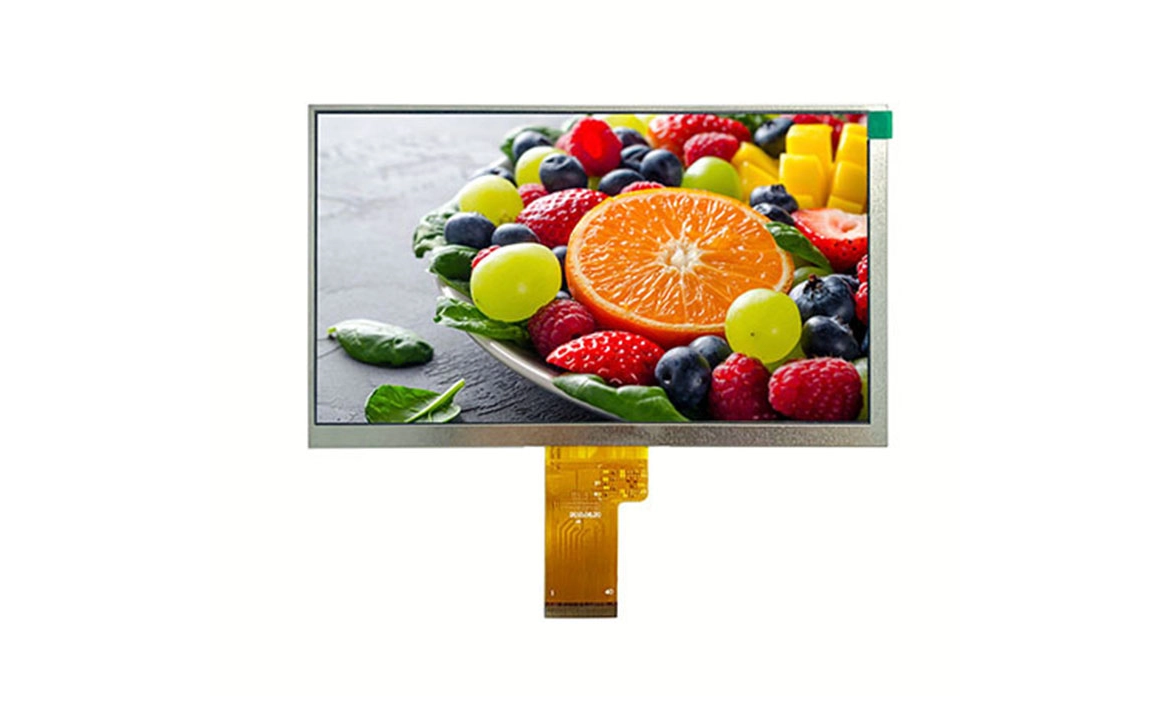Views: 230 Author: Vickey Publish Time: 2024-04-03 Origin: Site








High brightness LCD displays have become ubiquitous in various industries, from digital signage and outdoor advertising to automotive displays and industrial equipment. These displays offer enhanced visibility in bright ambient lighting conditions, making them ideal for outdoor applications and environments with high levels of ambient light. However, the resolution of a high brightness LCD display plays a crucial role in determining its performance and suitability for specific applications. In this blog post, we'll delve into how resolution affects the performance of high brightness LCD displays, exploring key factors such as image clarity, detail reproduction, readability, and overall user experience.
The resolution of an TFT LCD display refers to the number of pixels it can display horizontally and vertically. A higher resolution translates to a greater number of pixels, resulting in sharper and more detailed images. In the context of high brightness LCD displays, resolution plays a significant role in determining image clarity and sharpness, particularly when viewed from close distances or in applications requiring detailed visuals. Displays with higher resolutions, such as Full HD (1920x1080) or 4K Ultra HD (3840x2160), can render finer details with greater precision, making them suitable for applications where image quality is paramount, such as digital signage, advertising, and multimedia presentations.
In addition to image clarity, the resolution of a high brightness LCD display also affects its ability to accurately reproduce details and render text and graphics legibly. Displays with lower resolutions may struggle to display fine details or small text clearly, leading to reduced readability and potential loss of information. For applications where conveying detailed information is critical, such as wayfinding displays, interactive kiosks, and informational signage, higher resolution displays are essential to ensure that content remains legible and comprehensible, even when viewed from a distance or under challenging lighting conditions.
High brightness LCD displays are designed to deliver optimal visibility in bright ambient light environments, such as outdoor settings or brightly lit indoor spaces. However, the resolution of the display can impact its readability under such conditions. Displays with higher resolutions typically feature denser pixel configurations, resulting in finer pixel pitch and improved pixel density. This higher pixel density allows for smoother gradients, sharper text, and enhanced detail reproduction, enhancing readability even in bright sunlight or harsh lighting conditions. In contrast, displays with lower resolutions may suffer from reduced clarity and visibility, particularly when displaying complex graphics or small text.

The resolution of a high brightness LCD display also influences the overall user experience and interaction with the device. Displays with higher resolutions offer a more immersive viewing experience, allowing users to appreciate finer details and enjoy crisp, lifelike visuals. This is especially important in applications where user engagement and interaction are key, such as interactive digital signage, gaming displays, and multimedia presentations. Higher resolution displays enable developers to create more engaging and visually appealing content, enhancing the overall user experience and driving greater audience engagement.
While higher resolution displays offer superior image quality and performance, they often come at a higher cost compared to lower resolution options. The increased complexity of manufacturing higher resolution panels, coupled with higher pixel densities and more advanced display technologies, contributes to higher production costs and retail prices. As a result, businesses and organizations must carefully weigh the benefits of higher resolution displays against their budgetary constraints and specific application requirements. In some cases, a lower resolution display may suffice for basic applications where image quality is not a primary concern, offering a more cost-effective solution without sacrificing essential functionality.
In conclusion, the resolution of a high brightness LCD display plays a critical role in determining its performance, image quality, and suitability for specific applications. Displays with higher resolutions offer sharper, more detailed images, enhanced readability, and a superior user experience, particularly in applications where image quality and content legibility are paramount. However, higher resolution displays often come at a higher cost, and businesses must carefully consider their budgetary constraints and application requirements when selecting a display solution. By understanding how resolution affects the performance of high brightness LCD displays, businesses and organizations can make informed decisions and choose the right display technology to meet their needs and objectives. Whether it's enhancing outdoor visibility, delivering immersive multimedia experiences, or providing detailed information to users, the resolution of a high brightness LCD display plays a crucial role in achieving optimal performance and user satisfaction.